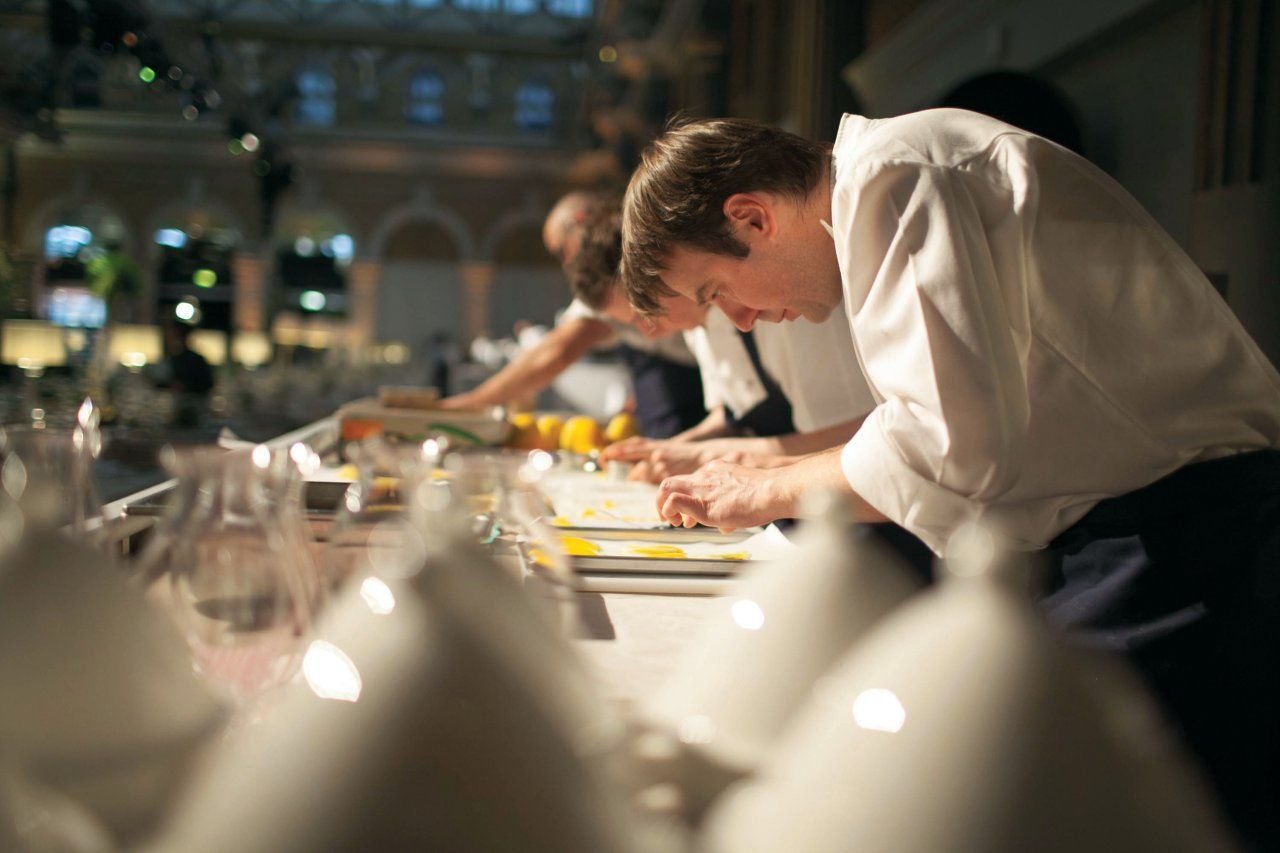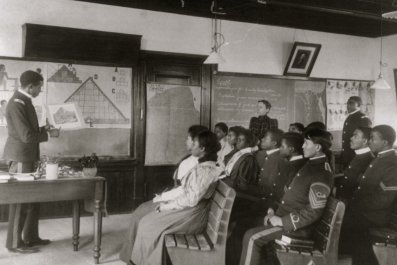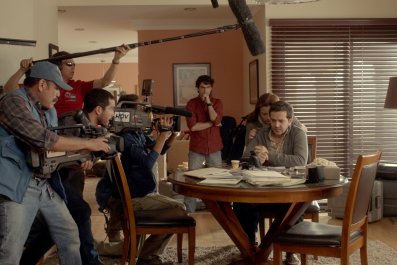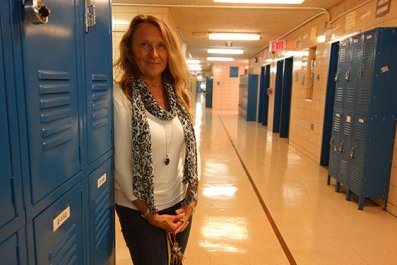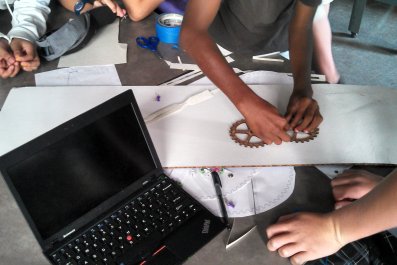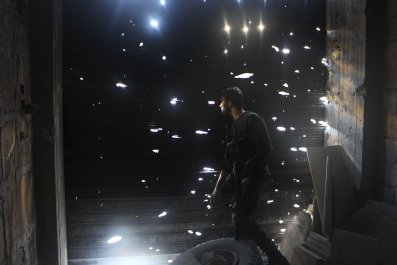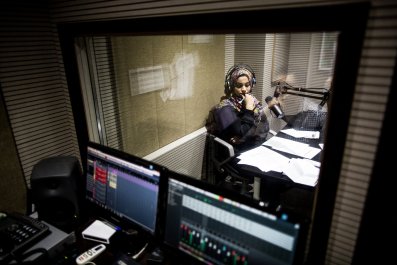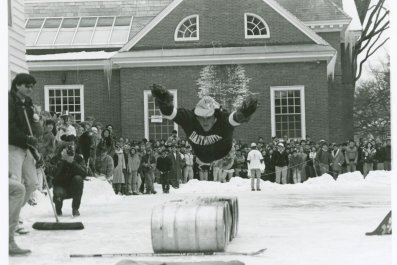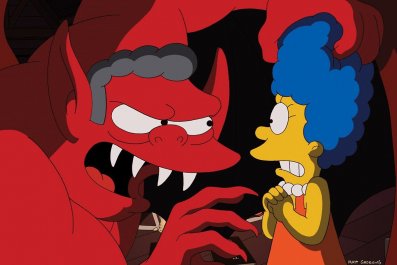What has been the biggest change in fine dining in recent years? Before you guess, let me narrow down the options. It is not the foraged food at Noma in Denmark, the Modernist offerings of the late elBulli or Mugaritz in Spain. Nor is it the culinary magic as practised in the Fat Duck or the idiosyncratic delights of the Kitchen Table in Britain.
No, none of the those individually, but all of these temples to haute cuisine do have one important thing in common. Each of them has embraced the fashion for tasting menus of a dozen or more small dishes, often only offering a single bite before the next over-sized plate appears, often accompanied by specially selected wines or even in some cases sake, beer or spirits.
The tasting menu phenomenon, along with wine pairings, now dominates haute cuisine. I can go along with chefs at the very summit of their game, strutting their stuff – after all, they are not catering to a regular clientele and many guests would only go once in their lifetime, so why not experience as much of their repertoire as possible? At this extreme, the entire experience is more reminiscent of attending a fashion designer's show to see what is new for the season rather than seeking food and wine to satisfy or enjoy.
The problem with this chef-driven concept at lesser establishments is that it narrows the diner's choice. We are forced to go along with whatever the chef in the kitchen determines we will eat and drink and in what specific order.
Andoni Luis Aduriz, the earnest and thoughtful chef at Mugaritz in northern Spain, even tries to make a joke out of it. Just after you sit down at this highly regarded establishment in the hills above San Sebastian, you are offered two envelopes – in one, it says "Submit! 150 minutes to feel, imagine, reminisce, discover", while the other one says "Rebel! 150 minutes to feel embarrassed, flustered, fed up". In truth, my experiences there have been much more of the former than the latter, though it can offer challenging moments, especially when trying to eat the fresh goat's curd.
My other objection to the enforced tasting menu is the difficulty of matching wines. With half a dozen (or fewer) dishes of a certain size, we can consider the choices on the wine list and act accordingly. However, when there are a dozen or more plates or a "menu surprise", it is impossible to know what to order.
The apotheosis of the full-throttle tasting menu was elBulli, the showpiece of chef Ferran Adrià, who usually served around 30 different dishes. In the month before closing in 2012, however, it stretched to 49 plates. It is beyond question that Adrià was one of the most influential chefs of his generation with his constant experimentation and provocative offerings. However, when a restaurant decides to offer such a vast number of dishes, they tend to blur – or worse. It was all too much for my dinner companion in one of the grand finale feasts. By the time we got to dish number 31, he was showing signs of anxiety and by the last bite, it wasn't much longer before he fled to the men's room in some distress.
Because of the avant-garde techniques and use of foams and powders, I would hesitate to define these as plates of food. Rather, they were tasting sensations, which were definitely fascinating and stimulating, though the words pleasurable or satisfying don't really come into play.
It was near impossible to choose wines to go with them. My companion had splashed out on a 1996 Richebourg from Domaine Romanée-Conti and a Grand Cru Chablis, but neither were capable of straddling these oddball combinations. Instead, the ideal combination was either vintage Champagne or in our case, Cava, which seemed to go with everything.
There are ways around the straitacket of single tasting menus. Massimo Bottura, the most acclaimed contemporary Italian chef, actually has three separate tasting menus along with a full offering of à la carte options, so there is something for everyone. People are also encouraged to mix and match or try different dishes if they have had them before. Others, like The Ledbury in London's Notting Hill, have pared down their fine dining menu to four courses, with a selection from three or more options for each course. However at weekend dinner, they only offer an eight-course tasting menu. This formula is also followed at other restaurants like Lyle's in London's Shoreditch, which has à la carte lunches but fixed-menu dinners.
James Knappett, who is chef at the Kitchen Table, in London's Fitzrovia, only serves his 19 guests a fixed menu each evening on a horseshoe counter around his kitchen.
"I just wanted to have a restaurant where I did what I wanted to do. I don't really think of myself as running a restaurant but more cooking for people the sort of food that I would like to eat that day. It's like when people come around to a dinner party, you want to show them your best dish or what you have in your garden. I know exactly what everyone is going to have, so you can buy that piece of fish and know you can use every piece of it rather than selling one piece and having eight left over to try and get rid of the next day. When you cook like this, you are in control of what you
are cooking – tomorrow we might feel like doing a puff pastry, so we just do it. No one is telling us what to do; we are just cooking what we want to cook."
There is no doubt that if a restaurant is fortunate enough to be always fully booked, it can certainly save money – and staff time – if it knows precisely what every guest is going to be served. Not everyone advocates this approach. In contrast, there are a handful of highly regarded traditional chefs in London, such as Ruth Rogers at the River Café, Rowley Leigh at Le Café Anglais in Bayswater or Jeremy Lee of Quo Vadis in Soho, where diners invariably select three-course meals, or four if they add a cheese plate.
Lee offers guests a single card with a dozen or more starters, main courses and puddings. The dishes are uncomplicated and worlds apart from the tasting menu, a fashion he derides. There is less of the haute and more of the bas.
"There is something wrong when a restaurant predetermines that this is what you are going to have and this is how we are going to do it. I like the gorgeous thing of people choosing for themselves from a menu that has lots of delicious things on offer."



